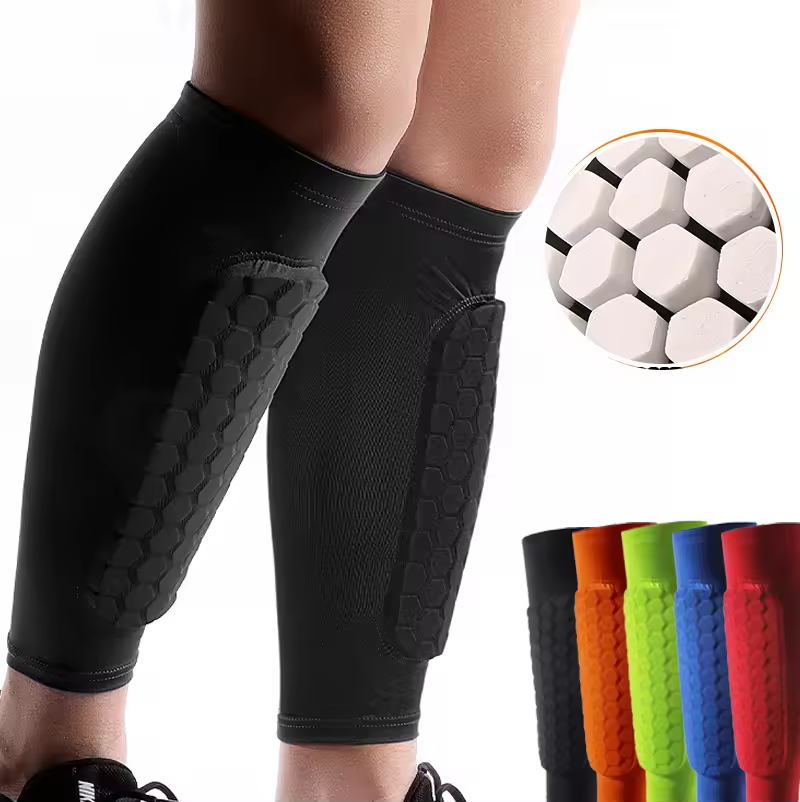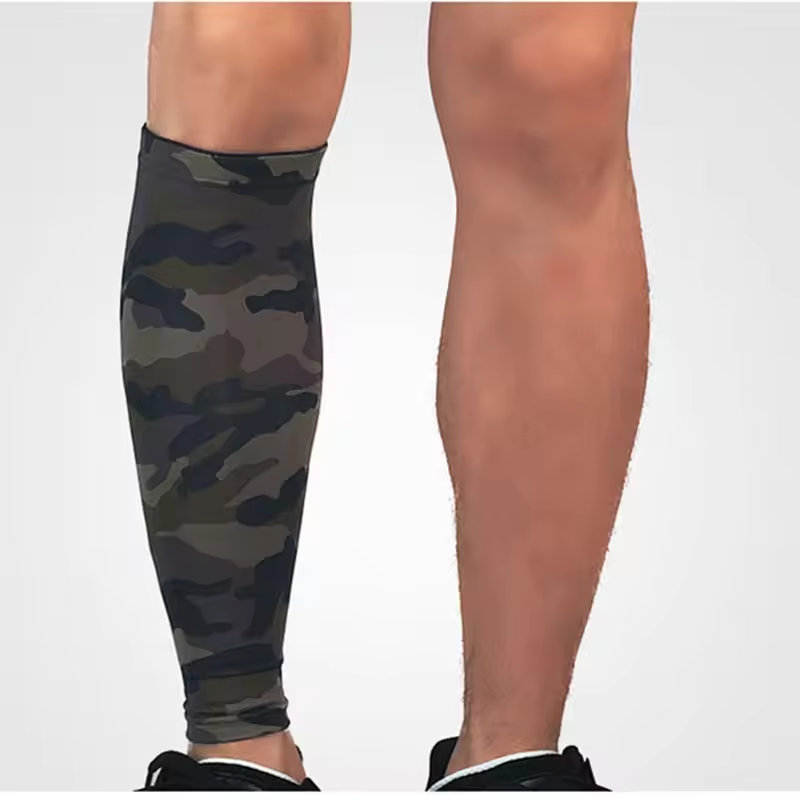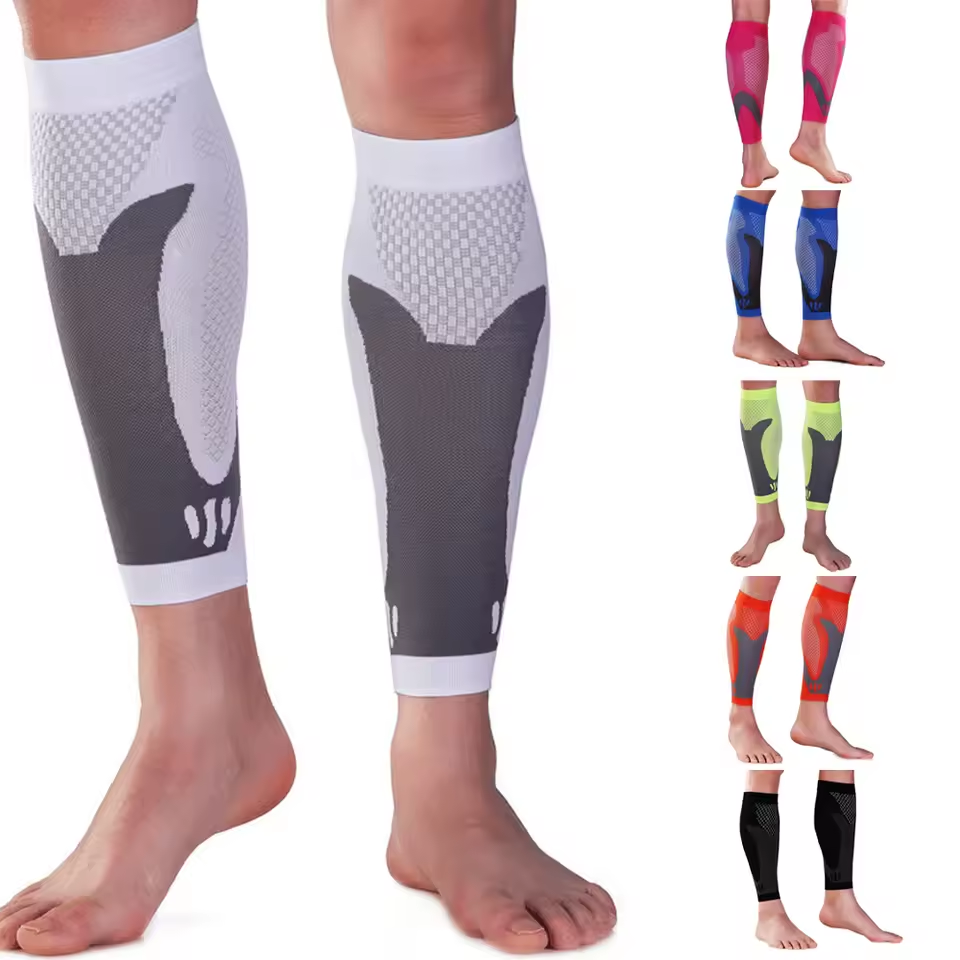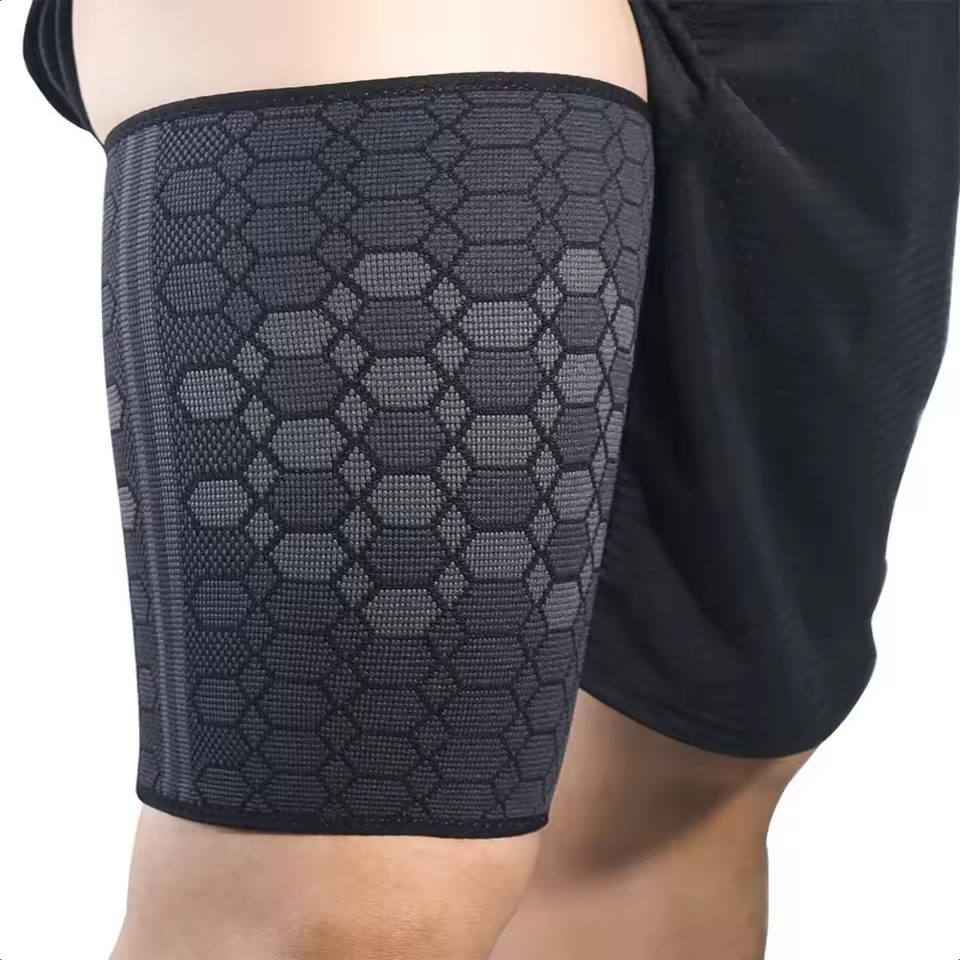What Are Shin Splints?
Before we dive into how compression socks can aid in the recovery from shin splints, it’s essential to understand what shin splints are. Shin splints refer to the pain along the shinbone (tibia), which is the large bone in the front of your lower leg. This condition is also known as medial tibial stress syndrome (MTSS).

Shin splints often affect runners, dancers, and military recruits who engage in heavy physical activity. The pain is usually the result of excessive stress on the shinbone and the tissues attaching the shinbone to the muscles surrounding it. When these muscles become overworked, it can lead to inflammation and pain, signaling the development of shin splints.
Typically, the pain from shin splints will be sharp and occur both during and after physical activity. In some cases, the pain might be continuous. Recognizing these symptoms early is key to preventing further injury and starting effective treatment. Using compression socks for shin splints is one strategy that may offer relief and support during the recovery process.
The Role of Compression Socks in Shin Splint Recovery
Compression socks for shin splints serve as a supportive tool during recovery. They apply consistent pressure. This pressure is to the lower legs. It helps to reduce swelling and pain. The socks improve blood circulation. Improved circulation can speed up recovery.
Compression therapy is often a key component in treating shin splints. These socks are specifically designed. They deliver gradient compression. This means tighter at the ankle. Less tight as they go up the leg. This gradient helps with venous return. It boosts oxygen supply to muscles. This can reduce muscle fatigue.
Wearing compression socks for shin splints may also help during physical activity. They provide extra support to the affected muscles and tendons. They reduce vibration impact on the shinbone. This is crucial for avoiding more damage as you heal. Consider them for added shin protection.
In addition, compression socks can offer benefits post-exercise. They minimize leg achiness and cramping. They do this as they facilitate recovery after the stress of activity. For anyone with shin splints, these socks are a helpful aid in the overall recovery strategy.
How Compression Socks Work to Alleviate Shin Splint Pain
Compression socks for shin splints are more than just simple garments. They provide a unique form of therapy called ‘compression therapy’. Let’s break down their function into easy-to-understand points:
- Pressure Application: They apply pressure to your lower legs. This supports the veins and reduces inflammation.
- Blood Circulation: By squeezing the leg tissues and walls of the veins, compression socks boost circulation of blood. Better circulation means more oxygen and nutrients to aid healing.
- Muscle Support: They offer support to calf muscles and tendons, which can reduce strain and stress on the shinbone.
- Stabilization: The pressure from the socks adds stability to the lower leg. This can prevent movements that trigger or exacerbate pain.
- Decreased Swelling: Regular use of compression socks can decrease edema or swelling, which often comes with shin splints.
- Reduced Vibration: During movement, they dampen the impact of vibrations on your shinbone. This helps in avoiding additional damage to the area.
In essence, compression socks for shin splints act as a support system for the lower legs during the healing process. They’re like a gentle, consistent hug around your shins that helps ease the pain and encourages recovery. When you choose the right size and compression level, these socks become a crucial part of managing and recovering from shin splint pain.
Choosing the Right Compression Socks for Your Needs
When it comes to selecting compression socks for shin splints, the right fit is vital. Here’s what you should consider to make the best choice:
- Measure Your Legs: Make sure to measure the widest point of your calf to get the correct size.
- Understand Compression Levels: Compression socks come in various levels. Mild pressure is often enough for shin splint recovery.
- Evaluate the Material: Look for moisture-wicking fabrics to keep your legs dry and prevent chafing.
- Check for Comfort: They should be snug, but not too tight. Ensure they don’t cut into your skin or hinder circulation.
- Look for Graduated Compression: Opt for socks with graduated compression. These provide stronger pressure at the ankle that lessens up the leg.
It’s important to try different brands and styles until you find the compression socks that meet your needs. Remember, the goal is to help your shins recover, not to cause additional discomfort. Investing time in choosing the right pair can make a significant difference in your recovery from shin splints.
Tips for Using Compression Socks Effectively for Shin Splints
Using compression socks for shin splints can be a game-changer for recovery. To make the most of their benefits, follow these practical tips:
- Wear Them During Activity: Put on your compression socks when you’re active. They support your muscles when they work the hardest.
- Use Them Post-Exercise: Don’t rush to take them off after exercise. Wear them for a while to aid in recovery.
- Consistency is Key: For best results, wear your compression socks regularly. They help manage pain and swelling over time.
- Start Gradually: If you’re new to compression therapy, start with shorter periods. Increase wearing time as you get comfortable.
- Pair With Proper Footwear: Your shoes matter. Make sure they offer good support and fit well with the socks.
- Keep Them Clean: Wash your compression socks after each use. Follow the care instructions to maintain their effectiveness.
- Listen to Your Body: If your socks feel too tight or cause discomfort, try a different size or compression level.
Remember, compression socks for shin splints are one piece of your recovery. Combine their use with other treatments for the best outcome. Your shins will thank you for the added care and attention.
Additional Treatment and Prevention Strategies for Shin Splints
Besides wearing compression socks for shin splints, other strategies can aid recovery. These strategies also prevent future issues. It is essential to combine methods for the best results. Here are additional tactics to consider:
- Rest: Give your legs time to heal by reducing your activity level.
- Ice: Apply ice packs to your shins to decrease pain and swelling.
- Proper Footwear: Choose shoes that offer adequate support and cushioning.
- Exercise Modification: Switch to low-impact activities while you recover.
- Strength Training: Work on strengthening your lower leg muscles.
- Flexibility Exercises: Stretch your calf muscles and Achilles tendon regularly.
- Physical Therapy: Consult a physical therapist for specific exercises and advice.
- Avoid Hard Surfaces: Run on softer surfaces to lessen the impact on your shins.
By combining these strategies with the use of compression socks, you improve your chances of recovery. They also reduce the risk of experiencing shin splints again. Always start new treatments slowly, and increase intensity as your body adapts. Listen to your body and consult with healthcare professionals if pain persists.
The Do’s and Don’ts When Wearing Compression Socks for Shin Splints
To ensure the most effective use of compression socks for shin splints, it’s important to follow some guidelines. Here are the do’s and don’ts to keep in mind:
- Do: Wear Them Correctly. Make sure the socks are snug but not too tight. The compression should be higher at the ankles and lower up the leg.
- Don’t: Ignore Discomfort. If the socks cause pain or excessive discomfort, they may not be the right size or compression level for you.
- Do: Put Them On in the Morning. Legs are less swollen in the morning, making it easier to put on the socks and ensure a better fit.
- Don’t: Wear Damaged Socks. Inspect them regularly and replace if they’re worn out to maintain proper compression.
- Do: Gradually Increase Wear Time. Start by wearing the socks for a few hours at a time and build up as you get used to the feel.
- Don’t: Overlook Cleaning Instructions. Keep your compression socks clean according to the label to maintain their elasticity.
- Do: Combine With Other Treatments. While compression socks help, they should be used as part of a broader recovery strategy.
- Don’t: Wear Them 24/7. Give your skin a rest from the socks to avoid irritation or other potential issues.
By following these simple do’s and don’ts, you can make wearing compression socks for shin splints a comfortable and beneficial part of your recovery routine.
Success Stories: Real Life Experiences with Compression Socks for Shin Splints
Across the globe, many have felt the positive effects of compression socks for shin splints. Individuals, from avid runners to those with physically demanding jobs, share inspiring stories. They tell of swift recovery and enhanced comfort during their healing process. Let’s look at a few real-life experiences that highlight the benefits of compression therapy in managing shin splints.
- A Runner’s Relief: Mark, a marathon runner, struggled with shin splints for months. He then discovered compression socks. Wearing them became a daily routine. Mark noticed a marked decrease in pain during runs. The recovery time after his long distances also improved. For Mark, compression socks were a game-changer.
- Daily Comfort for a Nurse: Sarah, a nurse, stands and walks for lengthy shifts. The hard hospital floors took a toll on her shins. By wearing compression socks, Sarah experienced less swelling and pain. Her endurance during shifts increased. She now recommends these socks to her colleagues.
- A Dancer’s Companion: Alex, involved in competitive dance, faced recurring shin splints. After using compression socks, Alex felt more support and stability in movements. The frequency of pain reduced, allowing him to perform consistently at a high level.
- Military Training Made Easier: Emily, a military recruit, found that marching and running exacerbated her shin splints. Once she started wearing compression socks, the added pressure reduced her discomfort. It allowed her to participate fully in her training.

These personal stories reinforce the effectiveness of compression socks in managing shin splint pain. They also highlight the versatility of compression therapy across a range of activities. Whether for sports, work, or daily life, these socks offer practical support and relief.









